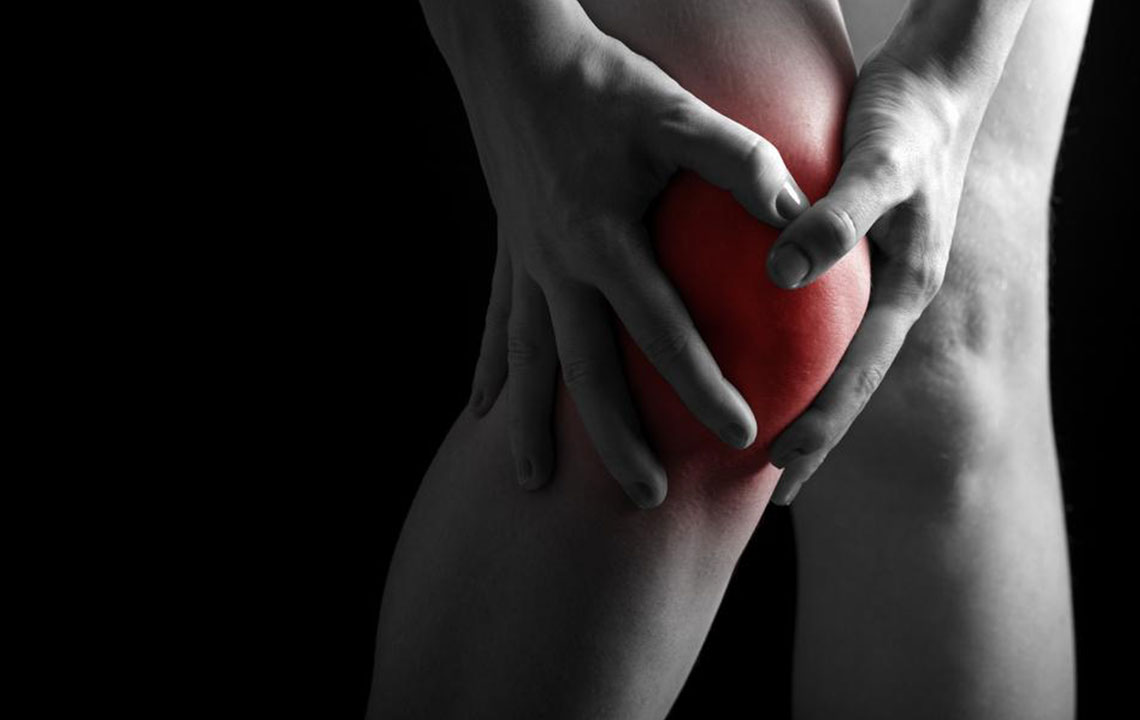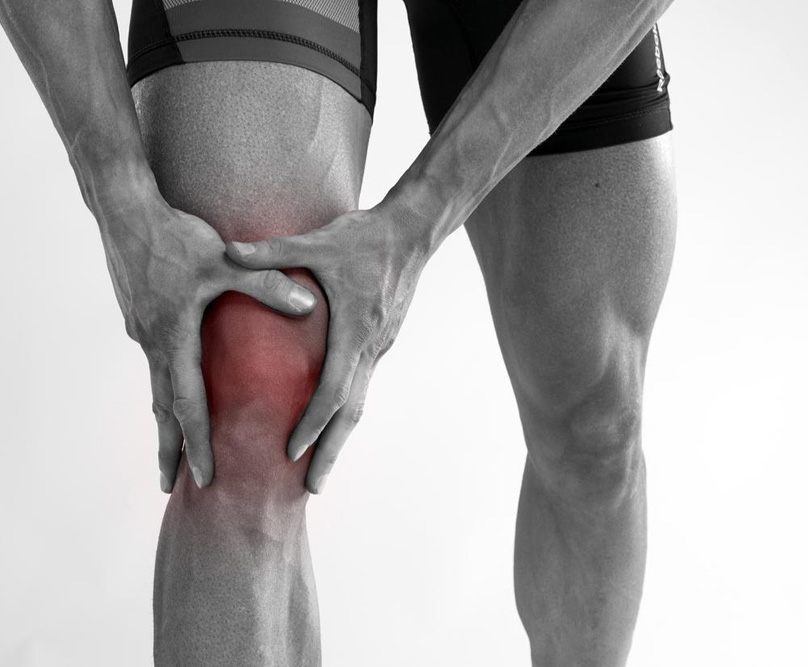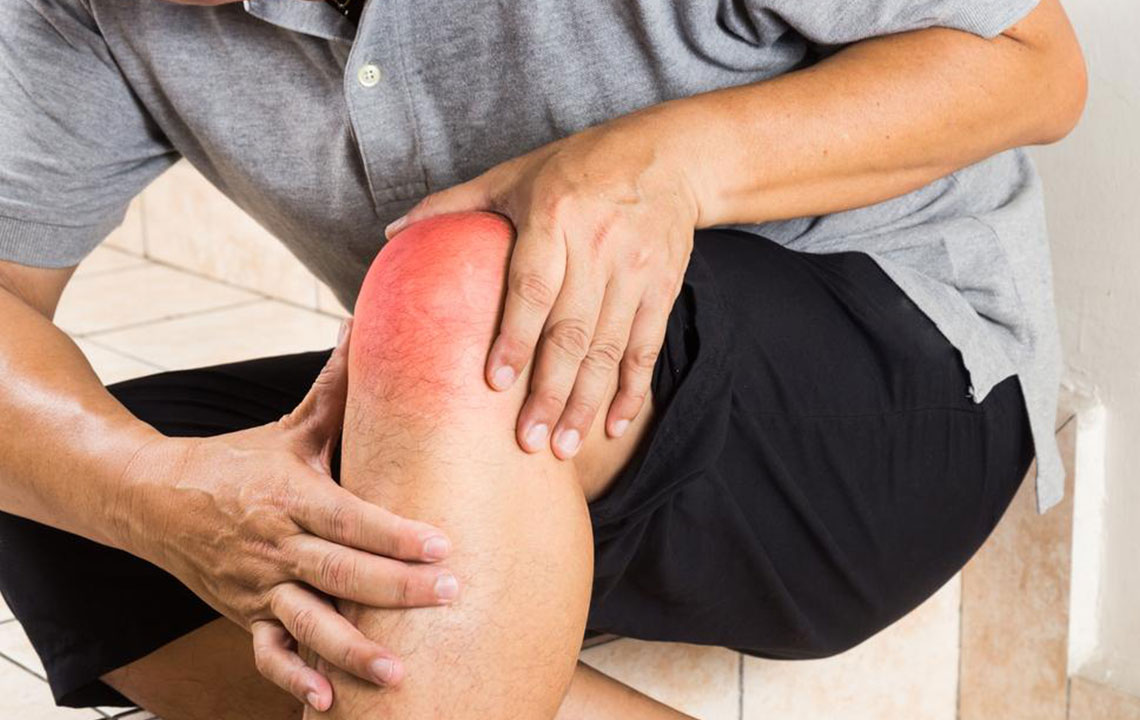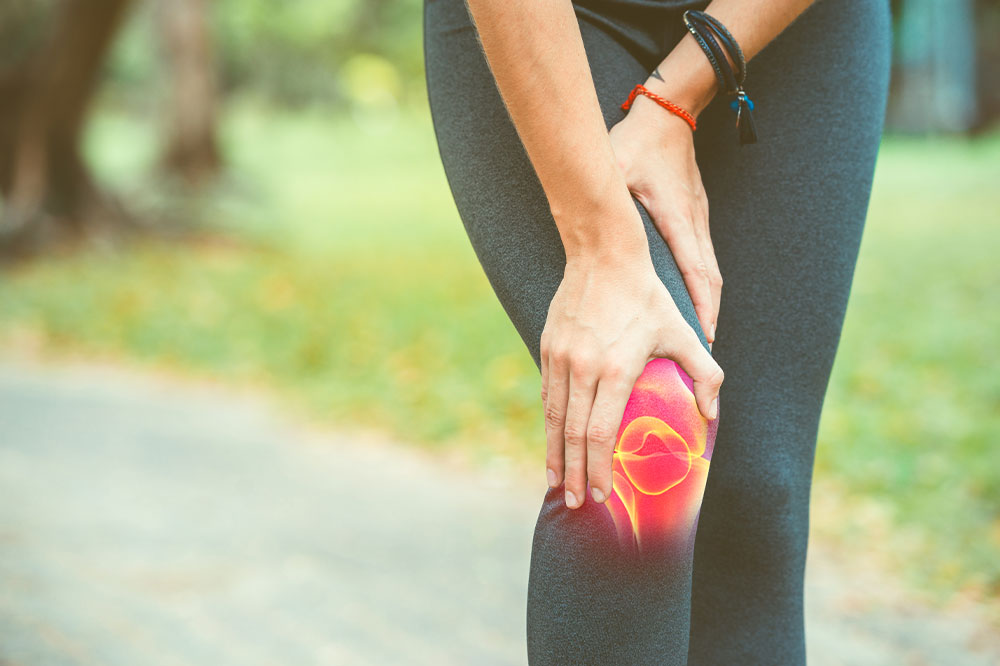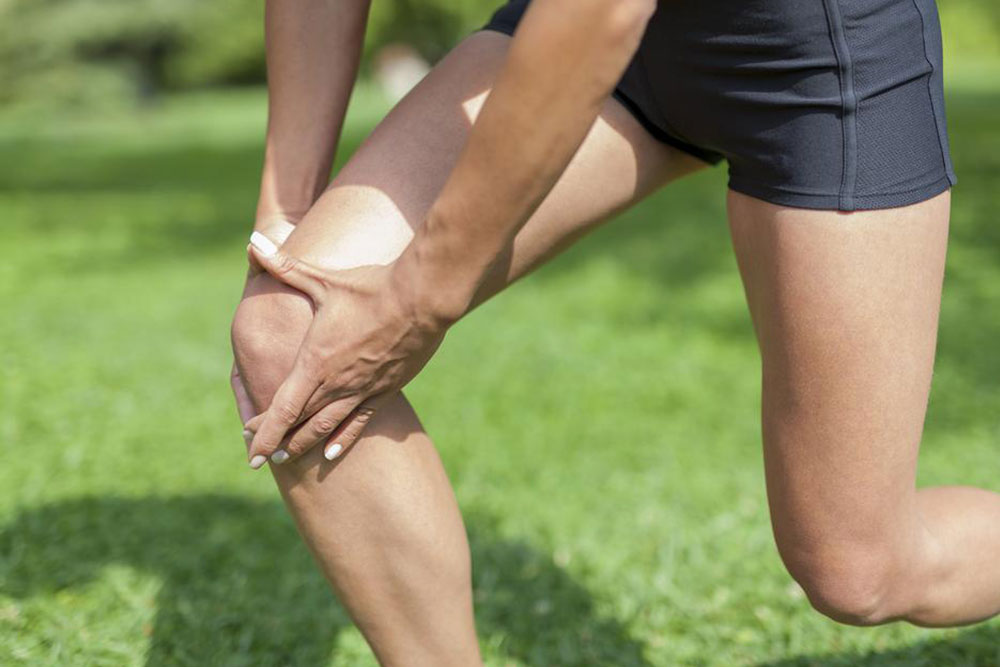Comprehensive Guide to Common Causes of Pain Behind the Knee and Effective Solutions
This comprehensive guide explores the leading causes of pain behind the knee, including muscle cramps, tendon injuries, hamstring strains, Baker’s cysts, and arthritis. It provides detailed insights into symptoms, risk factors, prevention, and treatment options. Understanding these conditions helps in early diagnosis and effective management, ensuring improved knee health and mobility. Whether you're an athlete or a daily activity user, this article equips you with valuable knowledge to address knee discomfort and prevent future issues.
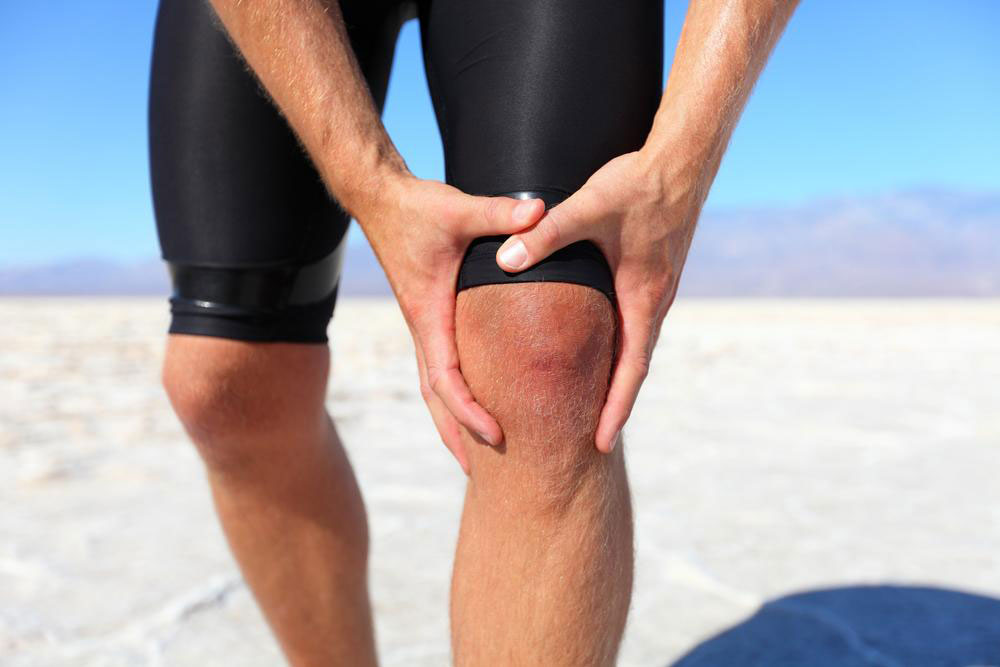
Comprehensive Guide to Common Causes of Pain Behind the Knee and Effective Solutions
The knee joint is one of the most vital and complex joints in the human body. It plays a crucial role in mobility, allowing us to walk, run, jump, and perform various physical activities seamlessly. Comprised of multiple bones, muscles, tendons, ligaments, and cartilage, the knee's intricate anatomy makes it susceptible to a range of injuries and conditions that can cause discomfort or pain, particularly behind the knee area. Understanding the anatomy, common causes of knee pain, and available treatment options is essential for maintaining optimal knee health and avoiding long-term complications.
In this detailed guide, we explore the top reasons behind pain behind the knee, discuss symptoms, and suggest preventive measures and treatment options. Whether you are an athlete, a fitness enthusiast, or someone experiencing discomfort from everyday activities, this comprehensive overview aims to equip you with knowledge to address knee issues effectively.
Muscle Cramps and Spasms
Muscle cramps are sudden, involuntary contractions that cause intense pain in the muscles surrounding the knee, particularly in the calf muscles or the back of the thigh (hamstrings). These cramps often occur during or after physical exertion, especially in hot weather or when the body is dehydrated. Factors such as imbalance of electrolytes, dehydration, nerve irritation, fatigue, or even certain medications or toxins can trigger these spasms. The pain typically lasts from a few seconds to several minutes and may leave residual swelling or soreness afterward. Proper hydration, stretching exercises, and electrolyte balance are crucial for prevention.
Tendon Injuries from Jumping or Rapid Movements
Patellar tendinitis, commonly called jumper’s knee, results from repetitive stress or small tears in the tendon connecting the kneecap (patella) to the shinbone (tibia). It is prevalent among athletes involved in jumping sports such as basketball, volleyball, or running. Overuse or sudden increases in activity intensity can inflame the tendon, leading to pain just below the kneecap. Symptoms include tenderness, swelling, stiffness, and reduced muscle strength. Rest, physiotherapy, and anti-inflammatory treatments often help, but in chronic cases, surgical intervention may be necessary.
Hamstring Muscle Strain
The hamstring group consists of three muscles located at the back of the thigh, crucial for bending the knee and hip movement. Excessive stretching, sudden acceleration, or improper warm-up can lead to tears or strains within these muscles. This injury causes sharp pain behind the knee, swelling, bruising, and weakness in the affected leg, often impairing mobility. Proper warm-up routines, stretching, and gradual increase in activity intensity are preventive steps. Severe strains might require physical therapy or surgical repair.
Baker’s Cyst and Fluid Accumulation
A Baker’s cyst appears as a fluid-filled sac that forms behind the knee joint. It results from excess synovial fluid due to underlying conditions like knee injury, cartilage damage, or arthritis. The cyst can cause swelling, stiffness, a feeling of tightness, and sometimes a sense of heaviness behind the knee. Although some cysts resolve on their own, persistent cases may require aspiration, corticosteroid injections, or surgical removal to alleviate symptoms.
Arthritis of the Knee
Arthritis refers to the inflammation and deterioration of the knee joint's cartilage. Osteoarthritis is the most common form, especially in older adults, characterized by joint pain, stiffness, swelling, and decreased mobility. Rheumatoid arthritis and other autoimmune conditions like lupus and psoriatic arthritis can also affect the knee, leading to similar symptoms. Managing arthritis involves weight management, physical therapy, medications such as NSAIDs, and in severe cases, surgical procedures like knee replacement surgery. Early diagnosis and proper management are key to maintaining joint health.
Experiencing persistent or severe pain behind the knee warrants consultation with a healthcare professional. Early intervention helps prevent worsening conditions and promotes faster recovery. Home remedies and preventive measures, such as maintaining a healthy weight, engaging in regular stretching, and avoiding overuse, can support long-term knee health. Remember, understanding the root cause of your knee pain is essential for effective treatment and a pain-free life.
